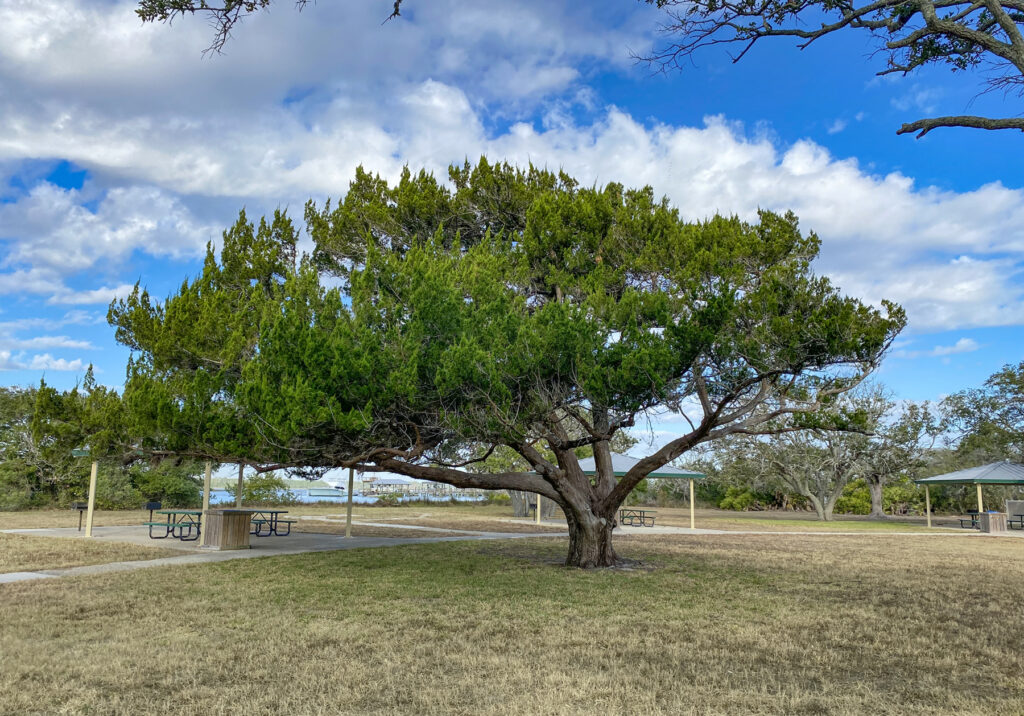The Future of Landscape Architecture – Designing for Resilience & Community
Written by: Eric Lanehart, PLA, ISA, and Rachel Washington
April is World Landscape Architecture Month (WLAM), a time to recognize the role of landscape architects in shaping our communities, infrastructure, and environment.
As urbanization accelerates and climate challenges intensify, the importance of sustainable, resilient, and human-centered landscape design has never been greater.
At Matthews | DCCM, we integrate landscape architecture with civil engineering, planning, and environmental expertise to create projects that are both functional and beautiful. From stormwater solutions to walkable urban spaces, landscape architects are redefining how we experience and interact with the built environment.

The Evolving Role of Landscape Architects
In modern development, landscape architects work beyond traditional parks and gardens. Their expertise extends to:
✔️ Climate-Resilient Design – Mitigating heat islands with shade trees, improving air quality by saving protecting and saving existing trees and strategically planting new trees.
✔️ Smart Growth & Urban Planning – Designing mixed-use developments that prioritize people over cars and considering long term implications for future projects in the area.
✔️ Green Infrastructure & Stormwater Management – Implementing native grasses in stormwater facilities, providing bioswales, using permeable sidewalks and prioritizing solutions that minimize runoff and reducing flood risks by slowing down storm water on site.
✔️ Transportation & Public Space Enhancement – Enhancing roadways with traffic calming landscape medians, locating trails near but far enough away to protect natural plant communities, We strive for thoughtful, people-first ecological integrated designs.
Sustainable Design in Action: A Case Study
One example of our landscape-driven approach is the St. Johns County Butler Park project. This is a popular boat and kayaking launch park in the area along the Matanzas River. Our designs upgraded the existing park by integrating new parking, sidewalks, boat ramps, and kayak launch surfaces. Our team carefully designed the new elements around multiple large Live Oaks, Red Cedars, and clusters of Sand Live Oak trees. We also replanted and restored degraded uplands and wetlands with native vegetation. Another accomplishment was the creation of dry detention areas in the center of the park to double as a recreational area when dry, and storm retention during rain events.

Looking Ahead: The Future of Landscape Architecture
As cities expand and climate challenges increase, landscape architects will play a key role in shaping sustainable, adaptable, and resilient communities. At Matthews | DCCM, we are committed to designing with purpose—creating spaces that are not only visually appealing but also environmentally and socially responsible
Want to collaborate on your next landscape-driven project? Contact us today!
additional articles
-
October 10, 2025
International Day for Disaster Risk Reduction 2025: Fund Resilience, Not Disasters
-
October 2, 2025
October Is National Community Planning Month
-
September 11, 2025
Celebrating Growth from Within: Brynna Bartlett Promoted to Project Manager
-
August 15, 2025
Back to School Drive Success: Supporting Local Youth at Port in the Storm
-
August 6, 2025
Celebrating Professional Engineers Day